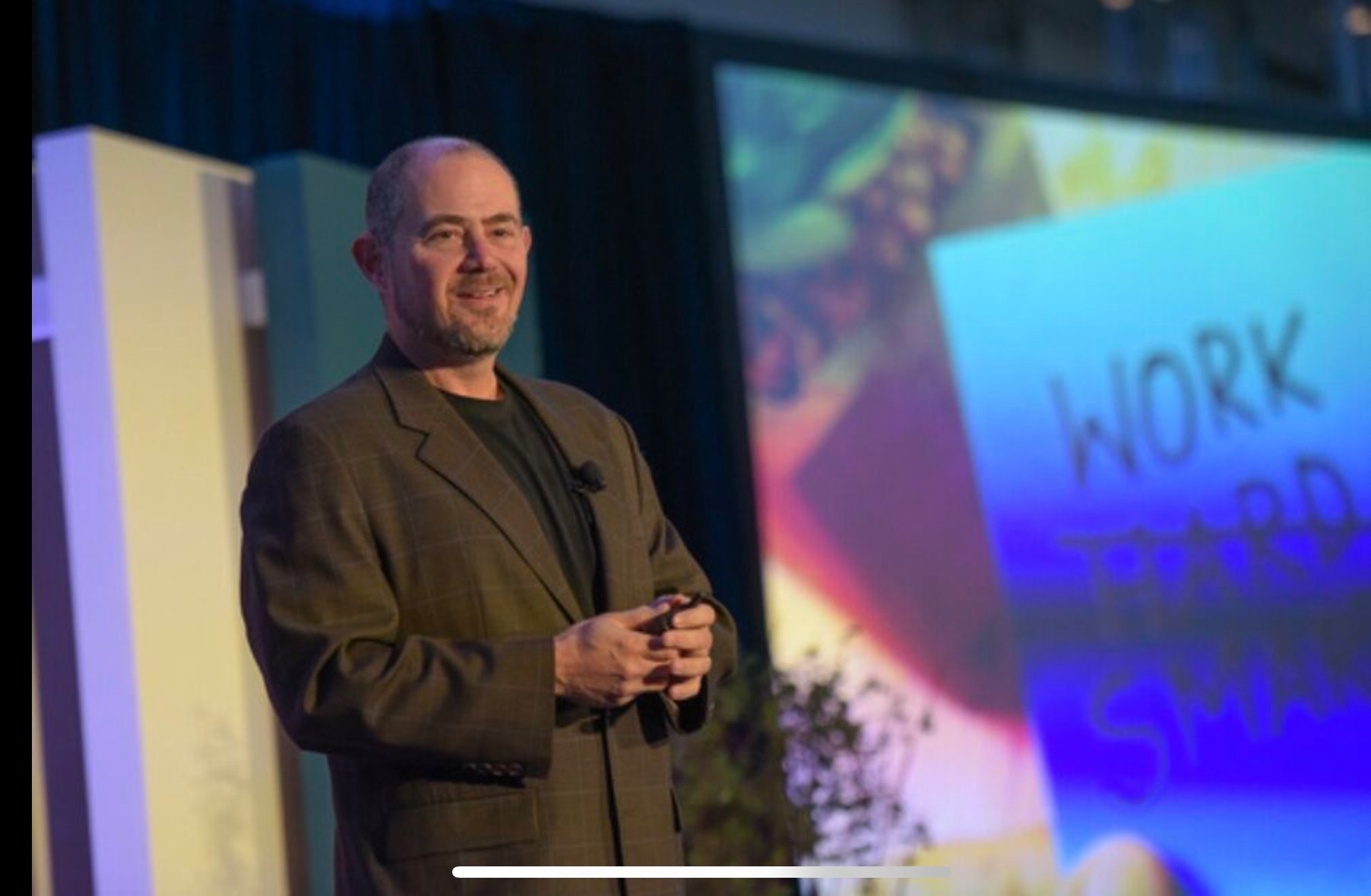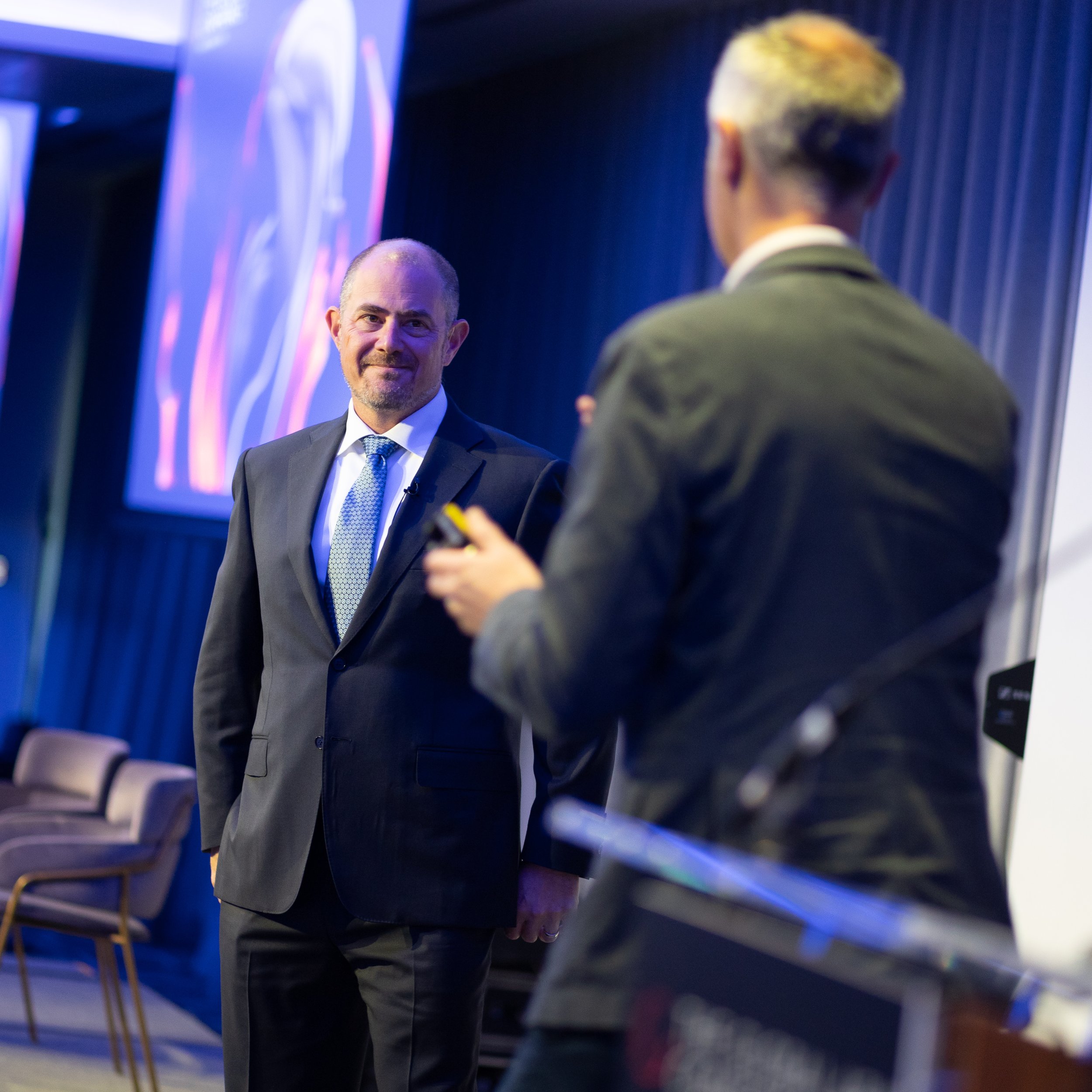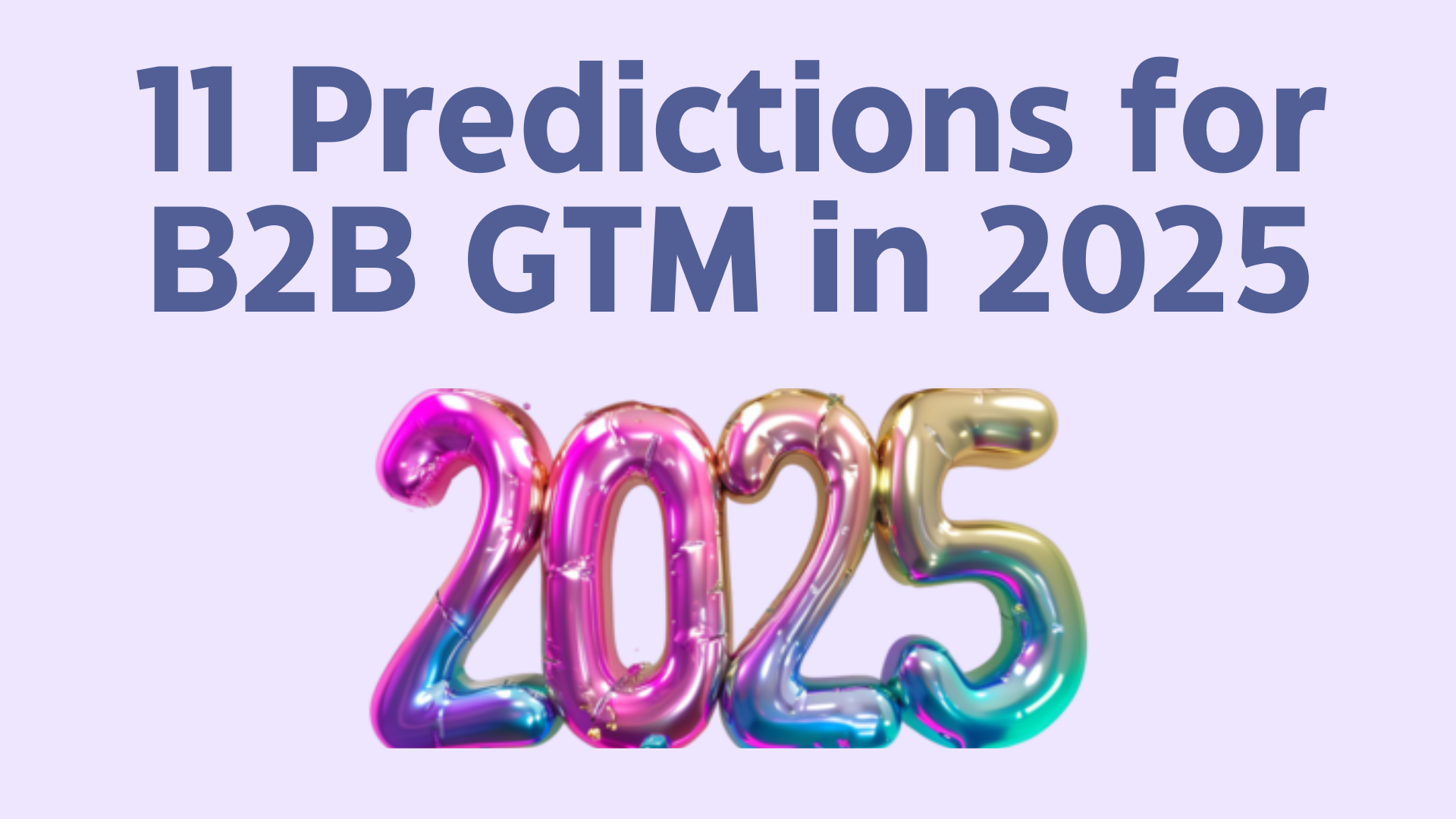

Jon has played a pivotal role in shaping the world’s most disruptive marketing technology platforms, with a focus on thought leadership, category creation, and strategic go-to-market.
Jon is currently laying the groundwork for his next start-up. In his most recent role as the CMO of Demandbase, Jon helped transform how B2B companies go-to-market. He was previously the CEO and founder of Engagio, which merged with Demandbase in June 2020. Prior to that, he co-founded Marketo, the leading marketing automation platform, where he served as the CMO and played a key role in helping the company achieve an IPO and category leadership.
In addition, Jon also serves as an independent board member, providing guidance to companies in refining their company strategy and go-to-market approach. Currently, Jon holds positions on the boards of AtData and Puppydog.io and he previously served as a board member at Scripted.
Jon is a frequent keynote speaker and author of several books, including Demandbase's Definitive Guide to ABM/ABX and Marketo’s Definitive Guide to Marketing Automation. He was named Most Influential Marketing CEO of the Year by the Corporate Excellence Awards, one of the 10 Most Influential Tech Marketers in the world by B2B Marketing, and a Top 10 CMO for companies under $250M by the CMO Institute.
Jon holds a bachelor’s degree in physics from Harvard and an MBA from Stanford. He continues to be a driving force in the industry, inspiring and teaching marketers around the world with his innovative ideas and unparalleled expertise.

Story
Thought leader and evangelist, speaker at conferences including Dreamforce, MarketingProfs B2B, MarketingSherpa, Marketing Operations Executive Summit, OMS, and the Marketing Nation Summit.
List of selected selected speaking engagements.
Story
Thought leader and evangelist, speaker at conferences including Dreamforce, MarketingProfs B2B, MarketingSherpa, Marketing Operations Executive Summit, OMS, and the Marketing Nation Summit.
List of selected selected speaking engagements.
Hike
Hike
Ride
End
I'm currently the Chief Executive Office of Engagio, the #1 B2B marketing
engagement software that combines the best of lead- and account-based
marketing to help marketing and sales departments work as a team.
End
I'm currently the Chief Executive Office of Engagio, the #1 B2B marketing
engagement software that combines the best of lead- and account-based
marketing to help marketing and sales departments work as a team.









The way we’ve been generating pipeline doesn’t work anymore. We're not building relationships — we're burning them.
Here’s a short 4.5 minute video with the highlights from a virtual keynote I gave at the FullFunnel Summit 2025, where I unpacked why our current marketing model isn't working, and what marketers can do about it.